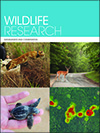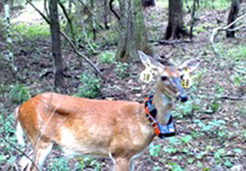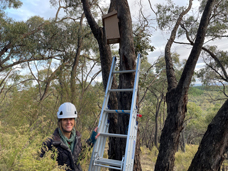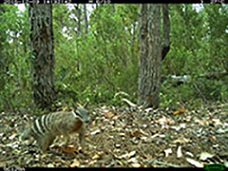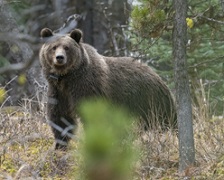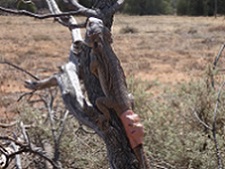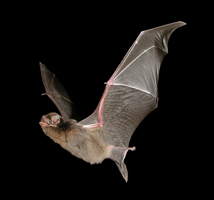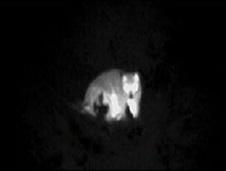
Thermal imaging technology shows promise for improving detection rates of cryptic rainforest mammals. We found significantly more individuals of six species of nocturnal, arboreal mammals in the Australian Wet Tropics using a thermal imaging device than by spotlighting. We recommend thermal imaging be adopted as a main survey methodology for arboreal mammals in rainforest environments. Photograph by Avril Underwood.


